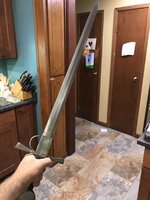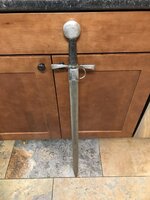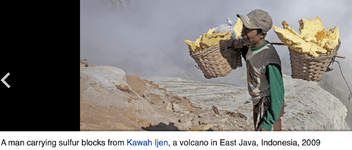Silver Supporter
- Messages
- 6,072
- Reactions
- 15,024
I have personally found naturally occurring sulfur crystals. Charcoal is available everywhere there's fire. Salt peter occurs naturally as well, but can also be extracted from manure:Not sure about making BP powder from materials found in nature - not to mention I would still need projectiles and/or something to cast them - weight wise it might just be better to take the equivalent weight in ammo.















